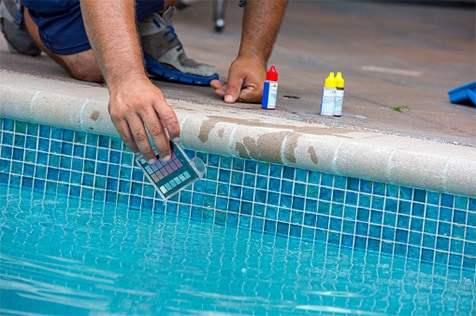Adoption of CDC’s Model Aquatic Health Code
During 2000-2017, CDC received more than 600 reports of outbreaks linked to treated recreational water venues, such as pools, hot tubs, and splash pads. Most of these outbreaks were linked to public venues, such as pools or hot tubs at hotels. Additionally, drowning is the leading cause of unintentional injury-related death in children ages 1 to 4 years. Pool chemical injuries lead to about 4,500 visits to U.S. emergency departments annually; one third to one half the patients are younger than 18 years. CDC’s Model Aquatic Health Code (MAHC) is a set of recommendations that can be adopted by local jurisdictions to prevent illness and injury through the design, construction, operation, and management of public treated recreational water venues. Read the latest edition of the MAHC: The MAHC Current Edition | Model Aquatic Health Code | CDC.
CDC has developed a plan to increase voluntary MAHC adoption by local and state jurisdictions through enhanced partner engagement and by providing resources to ease the burden of MAHC adoption. Currently, CDC is working internally to implement the beginning stages of the plan; future work will include building support and capacity for adoption, and evaluation of the MAHC’s effectiveness.
Learn about other foodborne, waterborne, and fungal disease prevention priorities.
Adoption of the Model Aquatic Health Code (MAHC)
